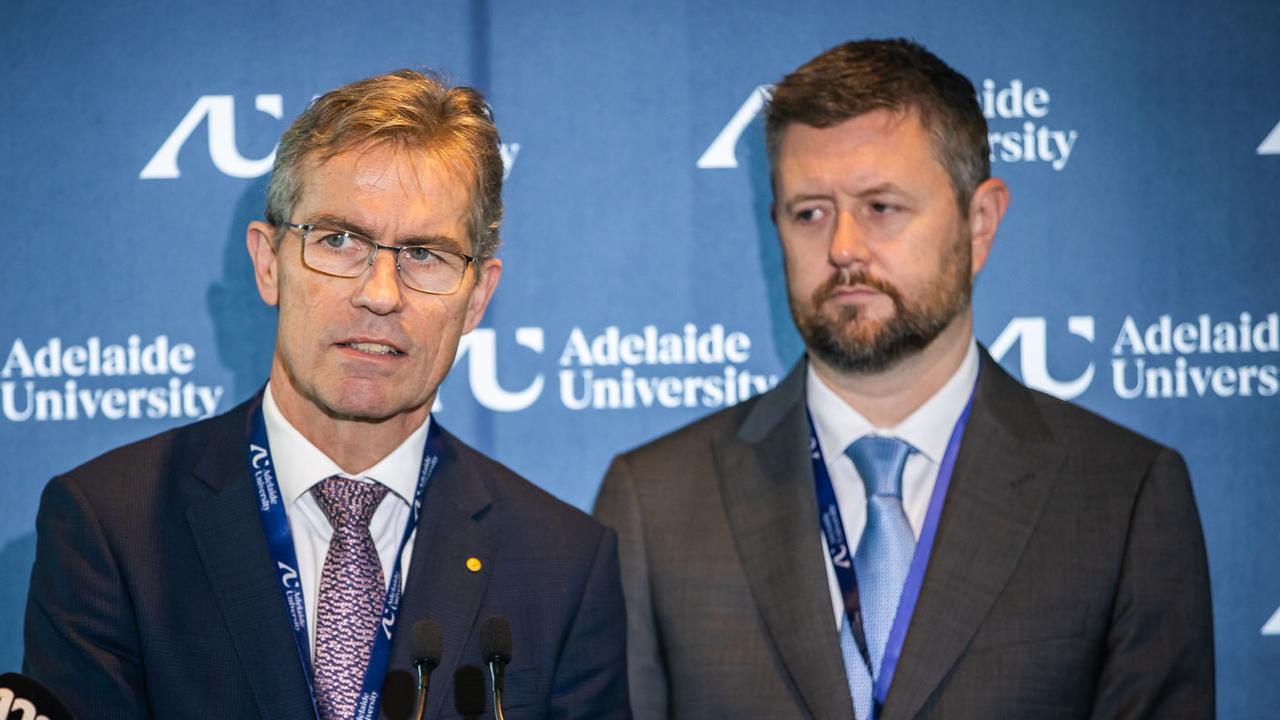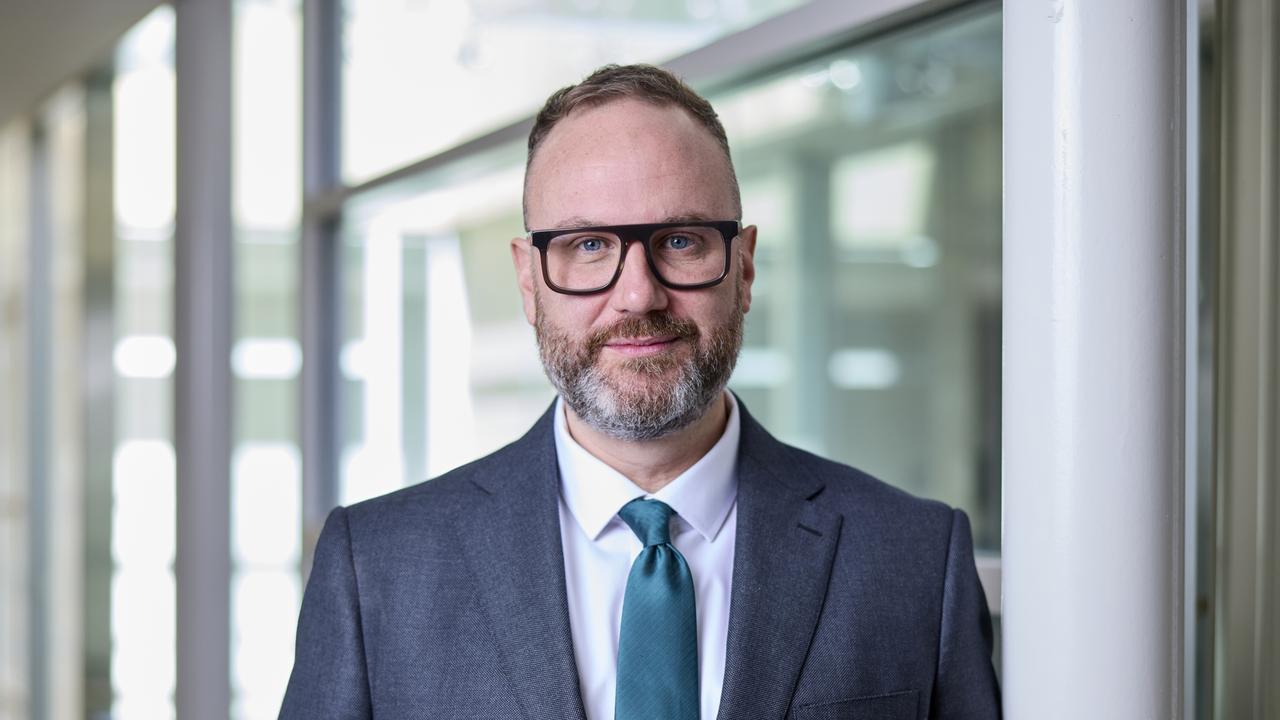La Trobe Uni’s eye clinic helps out kids with vision problems
La Trobe University’s eye clinic is treating children’s vision problems in its orthoptist training program.

Future Builder Award Finalist
La Trobe University
A vision for student learning experience – the La Trobe eye clinic
After assisting as many as 1200 children with vision difficulties last year, students and staff at the La Trobe Eye Clinic will soon begin assessing and treating adults with low vision problems. A new building with more consulting rooms to house the rapidly expanding clinic is planned for 2026, and discipline lead and associate professor Connie Koklanis predicts increasing growth in the future.
The clinic trains students to become orthoptists, “eye therapists”, Koklanis says. Orthoptists treat patients with vision problems such as a lazy eye or an eye turn – problems often detected in childhood. These allied health professionals consider the child’s age and vision development and often prescribe eye exercises or recommend a patch to force a lazy eye to work properly.

“The brain will opt to use the eye that is not turned or has the least need for glasses, so the other one becomes lazy,” Koklanis adds. “By putting a patch on one eye we can improve a child’s vision and prevent the other eye from being lazy.” These patients are mostly younger than seven. If this type of problem is left too long without treatment, the vision loss can become permanent.
La Trobe is one of only two Australian universities offering orthoptist training, and there is now a nationwide shortage of these allied health professionals – currently numbering about 1000 individuals.
A product of the pandemic, the La Trobe eye clinic was launched in October 2020 when it became clear that 90 per cent of the university’s orthoptist students would be unable to complete the number of placement hours required to graduate. Orthoptists rarely use telehealth and lockdowns, social distancing and mandatory isolation ripped into face-to-face placement schedules.
As waiting lists for eye services across the state lengthened during the pandemic, the university’s School of Allied Health Human Services and Sport offered to boost its collaboration with the Victorian Royal Children’s Hospital.
“We thought we could potentially co-manage some of the hospital’s patients, alleviate their waiting list and have students see patients and complete their placements,” Koklanis says. “That’s how the clinic was born.”
The university and the hospital jointly designed a service delivery model and protocols for the new student-led clinic. The appointments are structured around both the students and the patients – catering for the students’ learning requirements as well as for comprehensive patient assessment.

Each appointment lasts as long as an hour and there’s usually extra time devoted to post-consultation student discussion. Post-pandemic, students also have the opportunity for placements in the fast-paced environment of hospitals and private clinics.
One clinical educator usually supervises four students in the clinic, to observe the consultation and treatment recommendations, Koklanis says. Junior students can conduct simple examinations and tests, final year students are assigned a room in the clinic and can lead investigations.
A supervising orthoptist is present to support students, discuss each case and assist in devising management plans.
Next on the agenda is an increase in the range of services offered by the clinic.
“We aim to increase adult vision care and low vision and neuro-orthoptic services is the next phase for us,” Koklanis adds. “This will include specialised orthoptic services for vision-related disorders associated with a stroke or head injury.”



To join the conversation, please log in. Don't have an account? Register
Join the conversation, you are commenting as Logout